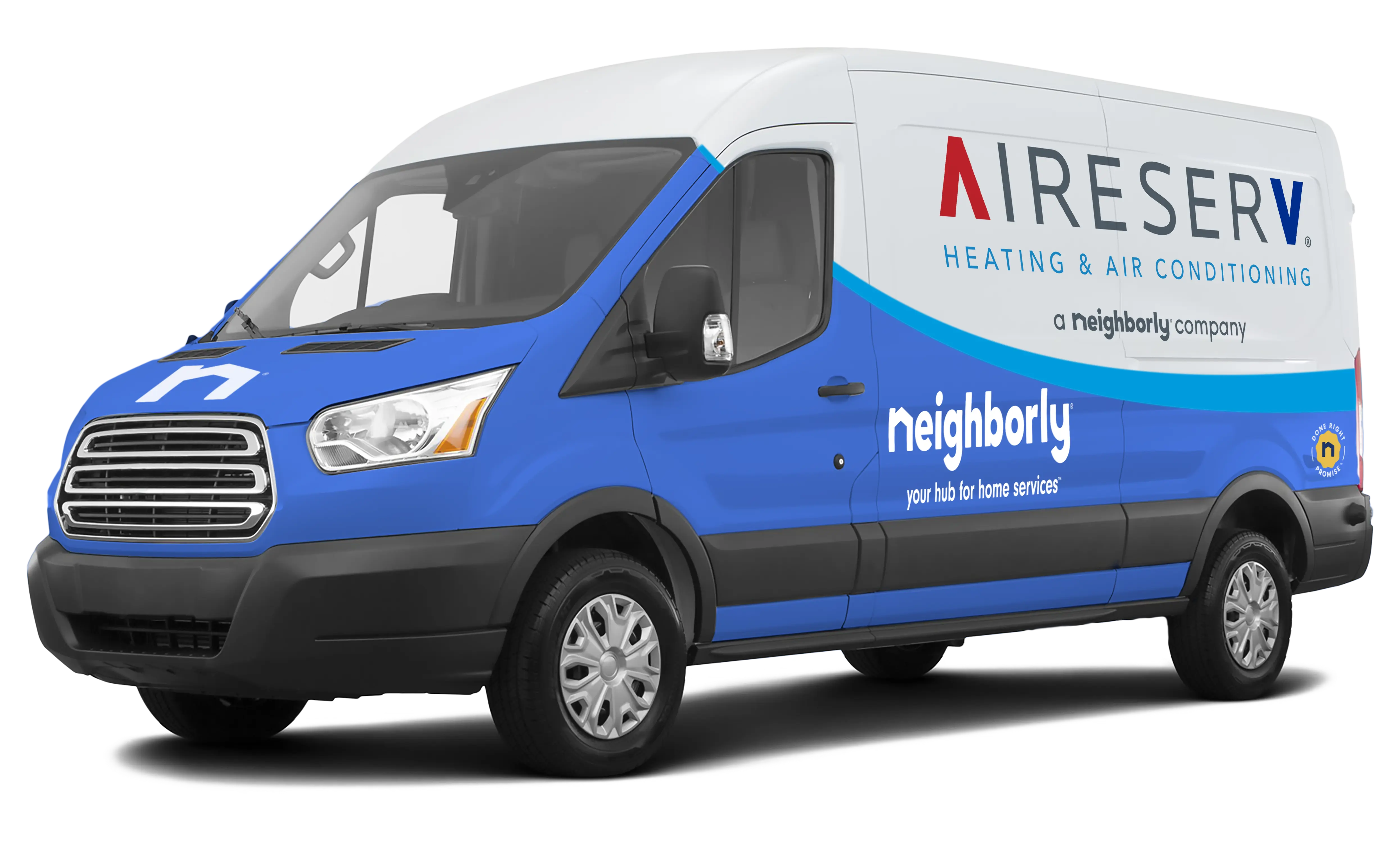As fall temperatures arrive in Martinsburg, homeowners often shift between cooling and heating. This transitional period is ideal for maximizing HVAC efficiency, which saves energy, reduces costs, and maintains a comfortable home environment.
1. Conduct a Fall HVAC Inspection
- Schedule a professional inspection for your heating and cooling systems
- Technicians check electrical components, refrigerant levels, and airflow
- Clean coils, fans, and vents to maintain optimal performance
An inspection identifies minor issues before they become costly repairs and ensures your system runs efficiently.
2. Replace or Clean Air Filters
- Dirty filters reduce airflow and increase energy use
- Replace standard filters every 30–90 days depending on usage
- Consider high-efficiency filters for cleaner air and improved system performance
Proper filtration maintains air quality while allowing your system to work efficiently.
3. Seal Ducts and Check Insulation
- Inspect ductwork for leaks, gaps, or disconnected joints
- Seal leaks using mastic or foil tape
- Insulate ducts in attics, basements, and crawlspaces to reduce heat loss
Sealed and insulated ducts improve airflow, reduce energy waste, and enhance comfort.
4. Optimize Thermostat Use
- Program the thermostat to gradually shift from cooling to heating
- Use setback schedules when the house is empty or during cooler nights
- Smart thermostats can automate temperature adjustments for efficiency
Correct thermostat management balances comfort with energy savings.
5. Control Sunlight and Ventilation
- Use blinds or curtains to reduce heat gain during sunny days
- Open windows during cooler periods to let fresh air circulate
- Use fans strategically to distribute warm or cool air
These small adjustments reduce the workload on your HVAC system and save energy.
6. Monitor Humidity Levels
- Keep indoor humidity between 40–50% for comfort and system efficiency
- Use dehumidifiers in damp areas like basements or laundry rooms
- Ensure vents and exhaust fans are functioning correctly
Controlling humidity enhances comfort and prevents unnecessary strain on your system.
7. Prepare for Winter Heating
- Test your furnace or heat pump before colder temperatures arrive
- Schedule maintenance to prevent emergency repairs during winter
- Inspect vents, thermostats, and ductwork for proper function
Early preparation ensures smooth operation and reliable comfort throughout the colder months.
Final Thoughts
Maximizing HVAC efficiency during Martinsburg’s fall season is achievable with professional inspections, clean filters, sealed ducts, smart thermostat use, sunlight and ventilation control, humidity management, and winter preparation. Taking these steps improves energy efficiency, prolongs system life, and keeps your home comfortable.
Start implementing these strategies this October to enjoy efficient and reliable HVAC performance throughout Martinsburg’s fall season.

